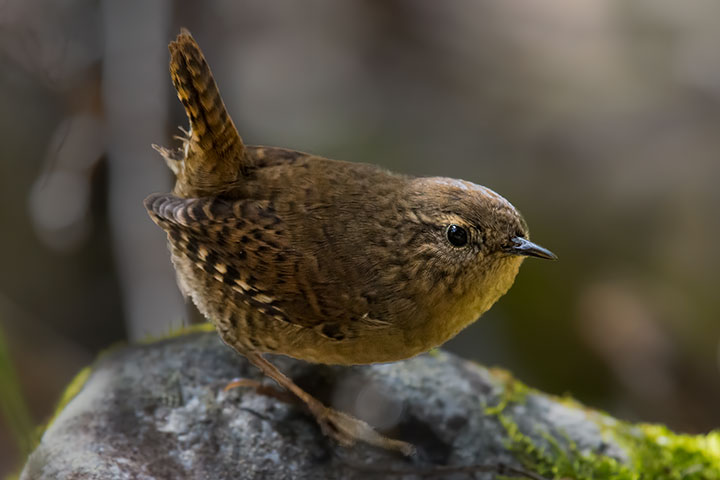When one thinks of the migration of a species, the first thing that comes to mind is one that moves horizontally across the globe. An osprey moves from the Kootenays to Central America for the winter and back here to breed in the summer. Caribou in the Arctic make migrations of thousands of kilometres. Birds and mammals cover vast distances during their seasonal migrations.
However, in mountainous regions, there is another option: altitudinal migration. Indeed, the local Mountain Caribou don’t travel vast distances horizontally, but do move upslope in the winter (to escape predators) and downslope in the summer. Pygmy Owls spend the winter in the valleys, but the summer at high altitudes. The list of altitudinal migrants is fairly long and includes the Varied Thrush, hummingbirds, various insects, Dark-eyed Juncos, both species of local bears, and coyotes. They can accomplish quickly that which latitudinal migrants take far longer to do.
The attitudinal migrant du jour is the Pacific Wren. In the summer and fall, I have only seen it above a thousand metres or so. In the winter, it is down along the lakeside at under 600 metres.
The Pacific Wren is a secretive bird of the forest. It creeps about near the ground almost unseen beneath dense tangles, but betrays its presence by being delightfully boisterous about it.


“Delightfully boisterous”…your prose is as enthralling as your photography! Thank you for all of it.